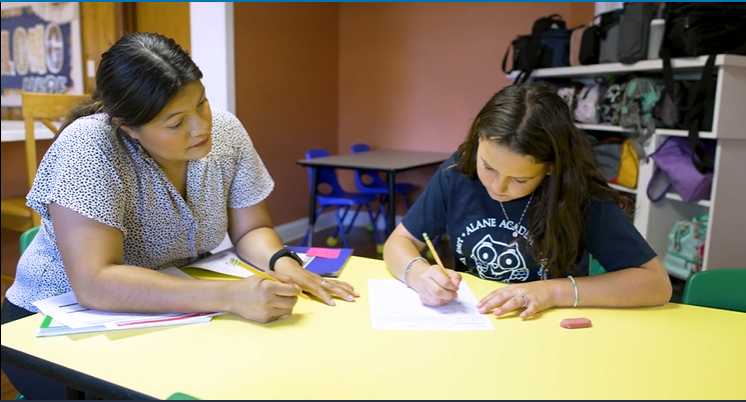
Editor’s note: This commentary from Robert Pondiscio, a senior visiting fellow at the Thomas B. Fordham Institute and a senior fellow at the American Enterprise Institute, appeared last week on the Fordham Institute’s website. You can read a report on rural school choice from Step Up For Students researchers/writers here.
A common observation made by critics of school choice is that it has little to offer families in rural communities where the population isn’t large enough to support multiple schools, and where transportation is already burdensome. I’ve made the point myself, and I’m a school choice proponent.
These days I live in a small town in upstate New York, whose school district pulls in students from eleven townships scattered across well over 100 square miles. Meaningful choice seems unlikely to be a feature of the educational landscape anytime soon, if ever, in my neck of the woods.
A new Heritage Foundation paper from Jason Bedrick and Matthew Ladner challenges that notion. The 14% of Americans who live in rural areas already have more options than commonly assumed, they argue. For starters, seven in ten rural families live within ten miles of a private elementary school. Counterintuitively, they note the share of rural students in private schools is the same as their urban peers, about 10%.
In Arizona, where both authors live, more than eight in 10 students live in the same zip code as at least one charter school. This point is less compelling when you consider that more than two-thirds of Arizona’s population lives in Phoenix. But the Grand Canyon State has one of the nation’s most robust and popular charter sectors, and a political environment that has long been far more congenial for choice than most other states.
Last year, Arizona expanded eligibility for its K–12 education savings account program to every one of its 1.1 million school-aged students, making it “the gold standard for education choice,” in Bedrick and Ladner’s view. ESAs poll well among Arizona parents, presumably creating conditions congenial to a further flowering of private choice options statewide. If the point is that other states might want to look to Arizona as a model, that point is well-taken.
Rural areas in Arizona and elsewhere are seeing the rise of microschools, which the authors describe as “a modern reimagining of the one-room schoolhouse.” The pair also argue that “high-quality virtual schools are available to anyone with a decent Internet connection.”
One surprising piece of data (to me, at least) is that broadband access is not markedly different in rural America: 72% of country-dwellers have a broadband Internet connection at home, compared 77 and 79% of urban and suburban homes, respectively.
That said, the paper is somewhat blithe about the checkered performance of online learning, particularly during the pandemic.
“Virtual leaning might not be the right fit for every child,” they note. “But for some it opens a world of possibilities they otherwise do not have locally—all without having to leave the rural community that they know and love,” they write. Fair enough.
To continue reading, click here.


